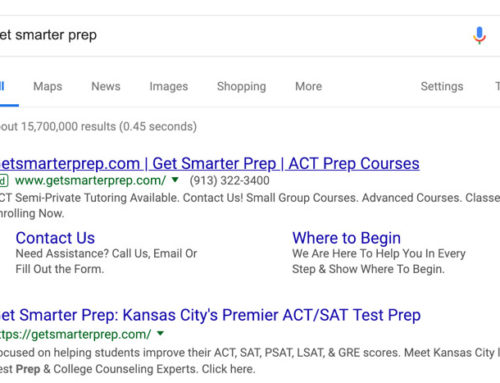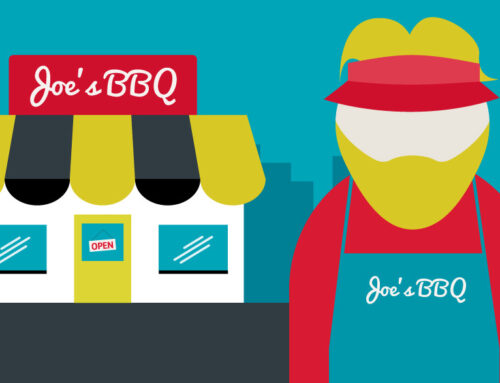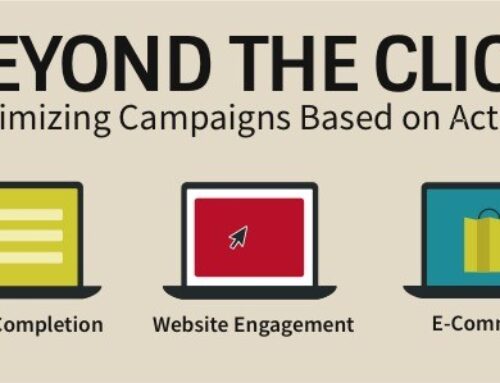At about 4:15 AM, I was reminded of one of my favorite things about the human brain. Allow me to share.
I drive a Jeep. As any Jeep owner will tell you, putting the top up and down is kind of a pain. So when we park our Jeeps each night, we are faced with a decision. Put the top up in case it rains, or risk it so we don’t have to go through the trouble of messing with it. Last night I chose poorly.
So at 4:15 AM I popped out of bed at the sound of rain softly hitting the roof and windows. I ran downstairs in my jammies, cleared out a space in the garage, and pulled the Jeep in. (Way less trouble than putting up the top. Why didn’t I just do that in the first place?) Thing is, it had only been raining for a few minutes. The interior was barely wet.
What does all of this have to do with the human brain (Or online advertising? Hang in there with me just a bit.) Well the rain wasn’t loud enough to wake most people. It was barely sprinkling. So why did it wake me up? Because the rain was RELEVANT to me. The sound of the rain triggered the reticular activating system (RAS) of my brain. It’s the part of your brain that pays selective attention to your environment.
Ever been in a crowded place, lots of people talking, yelling even, but you’re able to “tune it all out” and have a conversation with your friends? You barely notice the talking, let alone do you distinguish individual conversations. That is, until someone says your name. They may not even be talking to you, but you hear it. Your ears perk up for a second to see if they are talking to you, and when they aren’t, you go back to what you were doing. You may not have even realized that any part of your brain was actively listening for your name, but it was. It IS – all the time. That’s the job of your RAS. It constantly pays attention to the world around you, ready to act on information that is relevant to your needs when the rest of your brain is engaged in other stuff.
That’s where online advertising comes in. (FINALLY!) Allow me to explain.
In the commercial world we live in, we are constantly bombarded by advertising. It’s everywhere. I’m sitting in an airport as I write this and just looking around I can probably see forty plus ads around me. And that’s just one moment in time. How many ads did I see driving down the street, walking through the mall, reading the magazine on the plane, and surfing the web?
- Consumers see up to 41 outdoor ads a day.
- The typical U.S. consumer watches 3,200 minutes of TV commercials each month, or about 6,000 TV ads.
- The typical lnternet user is served 1,707 banners each month. (Comscore)
So what are our brains supposed to do with this onslaught of information? Mostly, we tune it out, just like those conversations around me at the airport. How many of those outdoor ads, TV commercials and online banner ads can you name? Very few (if any) I’m guessing. But if you CAN name them, why is that?

It’s this relevancy factor that is making online display advertising better every day. As technology evolves, big data is telling advertisers more and more about their audience. Display advertisers are able to tap into data about IP addresses, browser info, cookies and other digital info that marries a user with their behavior. This allows advertisers to put their ad in front of users who have actually searched for their products – even at a moment when they aren’t actually searching! Personally, I recently did some shopping for new hiking boots and I have been noticing a lot of ads from Zappos, BackCountry and Bass Pro Shops. Had I been served these ads a few months ago, I probably wouldn’t have noticed them, but because I’m actually interested in hiking boots, they always get my attention.
In my opinion, this is great. It means that advertisers can focus their message on their most relevant prospects without having to guess what websites they visit, or trying to define a demographic audience. For users, it means the ads they’re going to see anyway, may be that much more relevant, leading them to find products and services they actually want.
It’ll be interesting to see how the technology evolves at the very least.
Thanks for reading.
David McBee






Love the jeep/rain example – will use it in my pitches – thanks for a great blog!!!
Love this David! Sharing!
Great stuff David, the personal stories really help people get it, you do it very well!
Thanks, Brent!